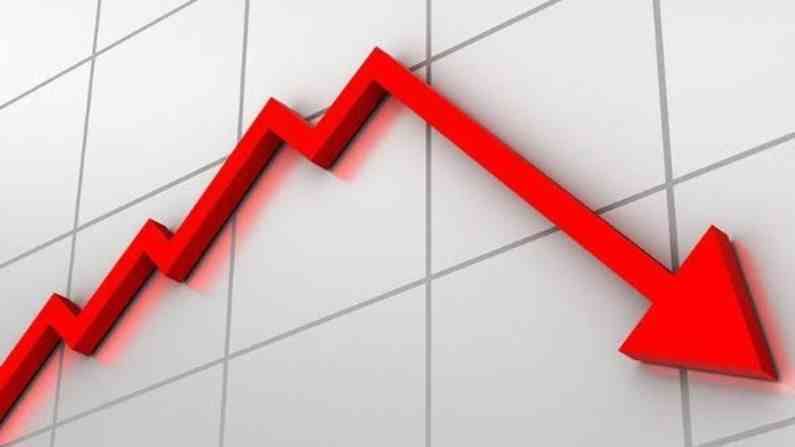Economic disruption gains momentum as Covid-19 cases surge: SBI Report
India has been witnessing a severe second wave with daily new cases more than 3.5 lakh for the past 9 days

With the second wave of Covid-19 infections and associated lockdowns, economic disruption is now clearly visible, country’s largest public sector bank said in its research report released on May 7. Restrictions have been imposed in as many as 20 states across the country so far to curb the contagion, which experts see as a mini nationwide lockdown.
“The number of ratings downgrades are 3.7 times higher than upgrades in April 2021. Our business activity Index which has been declining steeply since April, has dipped to a new low level of 71.7, the level attained in mid-Aug’20. The latest week shows dip in all indicators, except for weekly food arrival and electricity consumption. The decline in labour participation is a matter of concern indicating that the disruption has percolated to the labour market as well,” the State Bank of India said.
“Even the monthly leading indicators, including GST e-way bills, vehicle sales, fertiliser sales have declined in Apr’21 when compared to Mar’21. Given the rise in cases and restriction now imposed in every state real GDP growth of 10.4% looks a bit ambitious. Regarding the question if the pent demand would support economic activity once the restrictions are removed, we believe recovery will actually depend on the psyche of people to come out and this will not happen till the larger population is vaccinated,” it added.
Rising cases
India has been witnessing a severe second wave with daily new cases more than 3.5 lakh for the past 9 days. The share of the top 15 districts in total new cases has significantly dipped to 26.3% in May from 55% in March, indicating the spread of infections is now widely dispersed across the country. The other worrying trend is the increase in rural penetration. The share of rural districts in new cases has increased to 48.5% in May compared to 36.8% in March, the report reveals.
According to the report, 160.5 million doses of vaccine have been administered so far with around 131 million taking the 1st dose and 31.5 million taking both doses.
Vaccine distribution
However, the daily vaccine doses given is now at an average of 17 lakhs per day compared to average of 28 lakhs per day in April. Given this trend, we believe India can only be able to vaccinate 15% of population by Oct’21 (which is required for herd immunity given the other countries’ trend) but only if we are able to vaccinate around 55 lakhs daily in September & October.
Also, about 17 lakh doses of the vaccine are being administered right now against 28 lakh in April. Given this trend, India can only be able to vaccinate 15% of population by Oct’21 (which is required for herd immunity given the other countries’ trend) but only if we are able to vaccinate around 55 lakhs daily in September & October, the report added.
According to the report, Maharashtra, UP, Delhi and Chhattisgarh may have received lower vaccine doses than they require whereas states like Rajasthan, Kerala, West Bengal and Gujarat have received more. Thus, states with a lower share have to procure large number of vaccines in future from the manufacturers to fill the gap.
The opportunity
While the unprecedented healthcare crisis has exacerbated the woes of already sluggish economy, it has also extended an opportunity for big reforms. “One of the biggest learnings from the pandemic is that Centre / States must now go for serious administrative reform and drastically improve delivery capacities. This could be the biggest second generation reform!,” SBI said.

